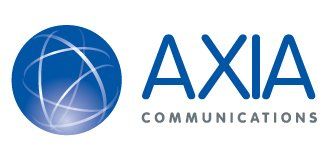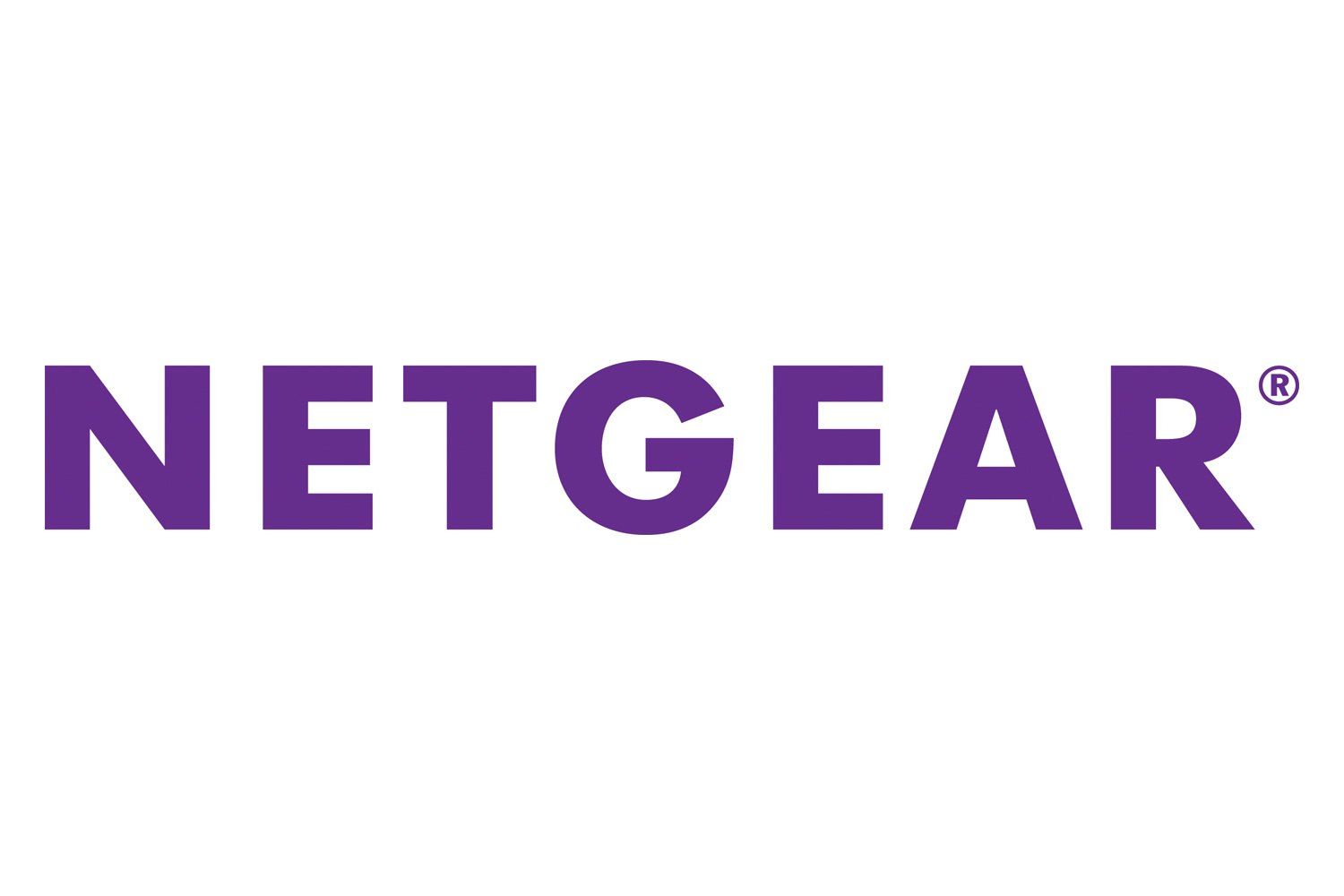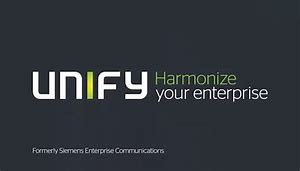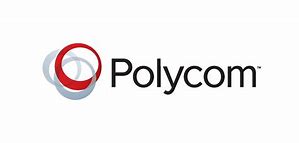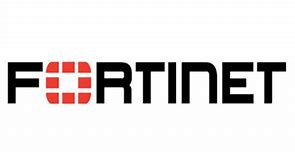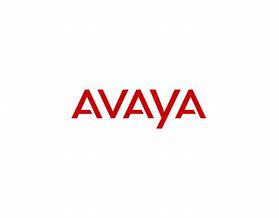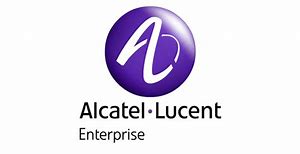Fixed and wireless data solutions for your business in New South Wales
13, 1300, 1800 Inbound numbers
Inbound phone services, such as those providing 13, 1300 or 1800 numbers can significantly enhance the professionalism of your business for prospective customers - simplifying the process for people to make enquiries and place orders.
And in a highly competitive marketplace, it’s the little things that can make a big difference.
The benefits of 1300 numbers:
1300 numbers enable current and prospective customers to call your business from a fixed line anywhere in the country, yet only incur the cost of a local call.
A 1300 number is simple and easy to remember
Handles heavy call loads with ease
Provides one single point of contact for your business
It provides one simple number for customers to remember your business
Establishes an instant relationship with your company
13 numbers are perfect for advertising and promoting your business
The benefits of 1800 numbers:
The key difference between 1300 numbers and 1800 numbers is that 1800 numbers enable free fixed line calls, meaning your customers don’t pay anything for the call, for maximum convenience.
Whereas 1300 and 13 numbers ensure customers only incur the cost of a local call from land-based lines, from anywhere in the country.
Customer relationship management (CRM) is a system for managing a company's interactions with current and future customers. It often involves using technology to organize, automate and synchronize sales, marketing, customer service, and technical support
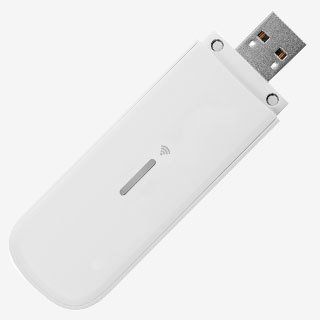
VoIP
VoIP is a technology that allows telephone calls to be made over computer networks. VoIP converts analogue voice signals into digital data packets and supports real-time, two-way transmission of conversations using Internet Protocol (IP).
While there is greater potential for dropped calls and generally lesser voice quality, VoIP offers substantial cost savings over traditional long distance telephone calls.
H323
H.323 is a standard approved by the International Telecommunication Union (ITU) to promote compatibility in videoconference transmissions over IP networks.
It is considered the standard for interoperability in audio, video and data transmissions as well as Internet phone and VoIP transmissions. That is because it addresses call control and management for both point-to-point and multipoint conferences, as well as gateway administration of media traffic, bandwidth and user participation.
SIP
The Session Initiation Protocol (SIP) is an Internet Engineering Task Force (IETF) standard protocol, for initiating an interactive user session that involves multimedia elements, such as video, voice, chat and gaming.
SIP is a request-response protocol, dealing with requests from clients and responses from servers. Participants are identified by SIP URLs and requests can be sent through any transport protocol, such as UDP, SCTP or TCP.
SIP determines the end system to be used for the session, the communication media and parameters, and the called party's desire to engage in the communication. Once these are assured, SIP establishes call parameters at either end of the communication, and handles call transfer and termination.
Because the SIP supports name mapping and redirection services, it’s possible for users to initiate and receive communications and services from any location, and for networks to identify the users wherever they are.
ISDN
ISDN uses 64 Kbps "B" (bearer) channels to carry voice and data. A separate "D" (delta) channel is used for control. The D channel signals the carrier's voice switch to make calls, put them on hold and activate features such as conference calling and call forwarding. It also receives caller ID data.
Because the D channel connects directly to the telephone system's SS7 signalling network, ISDN calls are dialled much faster than regular telephone calls.
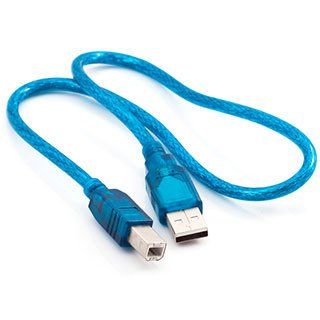
Channels
ISDN uses 64 Kbps "B" (bearer) channels to carry voice and data. A separate "D" (delta) channel is used for control. The D channel signals the carrier's voice switch to make calls, put them on hold and activate features such as conference calling and call forwarding. It also receives caller ID data.
Because the D channel connects directly to the telephone system's SS7 signalling network, ISDN calls are dialled much faster than regular telephone calls.
Connecting to ISDN
ISDN requires a network terminator (NT1) and terminal adapter (TA). The NT1 plugs into the two-wire line from the telephone company and provides four-wire output to the terminal adapter.
The terminal adapter is called an ISDN modem if it has a built-in analogue modem to hook up regular telephones and fax machines. If the ISP supports the Multilink PPP (MPPP) protocol, the TA can bond channels for faster Internet access.
High-speed service
ISDN PRI (Primary Rate Interface) uses four wire pairs to provide 30 B channels and one 64 Kbps D channel (30B+D). A PRI line is equivalent to a 32-channel E1 line. Bonding channels is common, for example six channels provide 384 Kbps for high-quality videoconferencing.
BASIC SERVICE
ISDN BRI (Basic Rate Interface) uses one wire pair to carry two 64 Kbps B channels and one 16 Kbps D channel (2B+D). Both B channels are often ‘bonded’ into one, providing a total data rate of 128 Kbps.
PSTN
PSTN
The Public Switched Telephone Network (PSTN) is the worldwide collection of interconnected public telephone networks designed primarily for voice traffic.
A circuit-switched network, the PSTN is a dedicated circuit (or channel) established for the duration of a transmission, such as telephone call. This contrasts with Internet-based packet switching networks, where messages are divided into small packets, with each packet sent individually.
Originally an analogue only system, the PSTN is now almost entirely digital, despite being connected via analogue circuits in many cases. Digital connections have increasingly been made available to end users through such services as ISDN (Integrated Services Digital Network), DSL (Digital Subscriber Line) and cable.
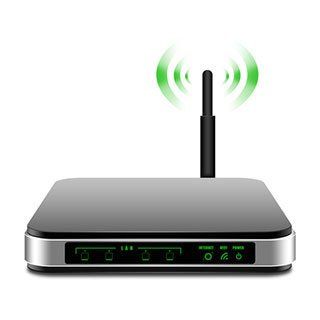
ADSL
The Asymmetric Digital Subscribers Line, sometimes referred to as broadband, is an Internet connection available from telecom companies using existing phone lines. This provides fast download and upload speeds.
ADSL works by splitting your phone line signal into two separate channels, one for normal voice usage and the other for data usage.
A big advantage of having an ADSL line is not missing calls while you're online, as both voice and data can be transferred at the same time.
There are several adaptations of ADSL (broadband) technology, each with different speed capabilities. These include ADSL ITU G.992.1 (up to 12Mbit per second downloading speed, 1.8Mbits upload), ADSL2 ITU G.992.3 (up to 12Mbit per second downloading, 3.5Mbits upload) and ADSL2+(M) ITU G.992.5 (up to 24Mbit per second downloading, 3.5Mbits upload).
PBX
PBX
Private Branch Exchange systems are private local telephone systems used to provide telephone service within a building or group of buildings in a small geographic area. PBX systems contain small switches and advanced call processing features, such as speed dialling, call transfer and voicemail.
An IP PBX is a private branch exchange that switches calls between VoIP users on local lines, while allowing all users to share a certain number of external phone lines. The typical IP PBX can also switch calls between a VoIP user and a traditional telephone user, or between two traditional telephone users.
One of the main advantages of an IP PBX is the fact it employs converged data and voice networks. This means that Internet access, as well as VoIP and traditional telephone communications are all possible using a single line to each user.
This provides flexibility as an enterprise grows and can reduce long-term operation and maintenance costs.
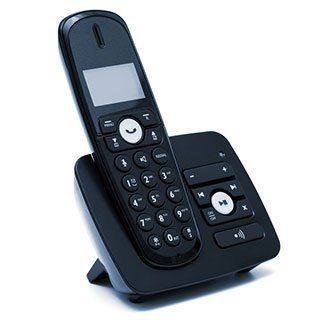
GSM
GSM (Global System for Mobile communication) is a digital mobile telephony system. It is the most widely used of the three digital wireless telephony technologies (TDMA, GSM, CDMA).
A wide area wireless communications system, it uses digital radio transmission to provide voice, data and multimedia communication services.
GSM digitises and compresses data, then sends it down a channel with two other streams of user data, each in its own timeslot. A GSM system coordinates the communication between a mobile telephones (mobile stations), base stations (cell sites) and switching systems.
Each GSM radio channel is 200 kHz wide channels that are further divided into frames that hold eight time slots.
